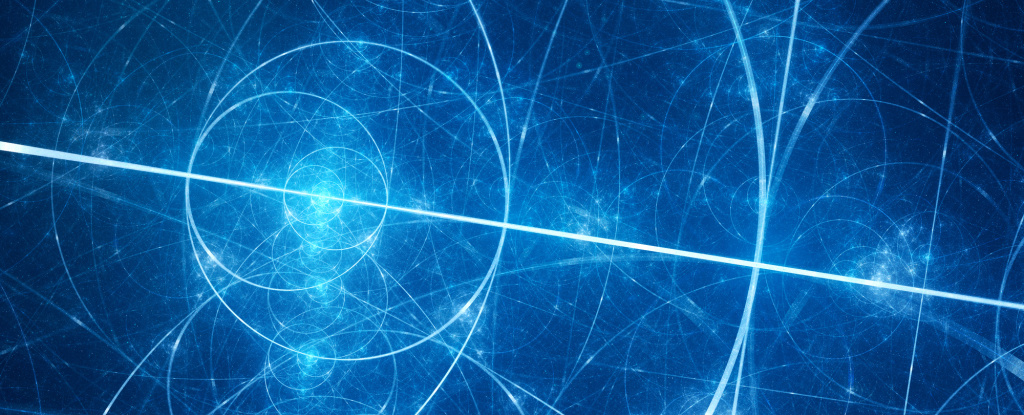Our favorite mathematical constant, pi (π), describing the ratio between a circle’s circumference and its diameter, has taken on new meaning.
The new representation was borne out of the twists and turns of string theory, and two mathematicians’ attempts to better describe particle collisions.
“Our efforts, initially, were never to find a way to look at pi,” says Aninda Sinha of the Indian Institute of Science (IISc) who co-authored the new work with fellow IISc mathematician Arnab Priya Saha.
“All we were doing was studying high-energy physics in quantum theory and trying to develop a model with fewer and more accurate parameters to understand how particles interact. We were excited when we got a new way to look at pi.”
Being a mathematical constant, the value of pi hasn’t changed, however irrational a number it is; over time we’ve simply gotten more exact renderings of its precise value, achieving 105 trillion figures at the latest count.
This new work from Saha and Sinha posits a new series representation of pi, which they say provides an easier way to extract pi from calculations used to decipher the quantum scattering of high-energy particles flung about in particle accelerators.
In mathematics, a series lays out the components of a parameter like pi such that mathematicians can quickly arrive at the value of pi, from its component parts. It’s like following a recipe, adding each ingredient in the correct amount and order, to produce a tasty dish.
Except if you don’t have the recipe, then you don’t know which ingredients make up a meal or how much to add and when.
Finding the correct number and combination of components to represent pi has stumped researchers since the early 1970s, when they first tried to represent pi in this way, “but quickly abandoned it since it was too complicated,” Sinha explains.
Sinha’s group was looking at something else entirely: ways to mathematically represent subatomic particle interactions using as few and as simple factors as possible.
Saha, a postdoctoral researcher in the group, was tackling this so-called ‘optimization problem’ by trying to describe these interactions – which give off all sorts of strange and hard-to-glimpse particles – based on various combinations of the particles’ mass, vibrations, and the wide spectrum of their erratic movements, among other things.
What helped to unlock the problem was a tool called a Feynman diagram, which represents the mathematical expressions describing the energy exchanged between two particles that interact and scatter.
Not only did this yield an efficient model of particle interactions that captured “all the key stringy features up to some energy,” but it also produced a new formula for pi that closely resembles the first-ever series representation for pi in recorded history, put forward by Indian mathematician Sangamagrama Madhava in the 15th century.
The findings are purely theoretical at this stage, but could have some practical uses.
“One of the most exciting prospects of the new representations in this paper is to use suitable modifications of them to reexamine experimental data for hadron scattering,” Saha and Sinha write in their published paper.
“Our new representation will also be useful in connecting with celestial holography,” the pair adds, referring to an intriguing but still-hypothetical paradigm seeking to reconcile quantum mechanics with general relativity through holographic projections of spacetime.
For the rest of us, we can be satisfied knowing researchers can more accurately describe what exactly makes up the famed irrational number.
The research has been published in Physical Review Letters.











/https://tf-cmsv2-smithsonianmag-media.s3.amazonaws.com/filer_public/34/31/3431771d-41e2-4f97-aed2-c5f1df5295da/gettyimages-1441066266_web.jpg)







Discussion about this post